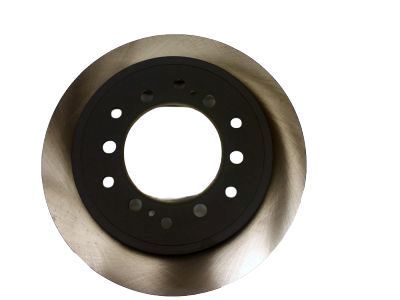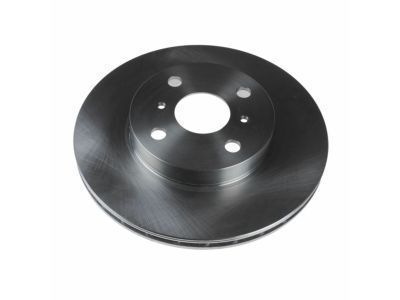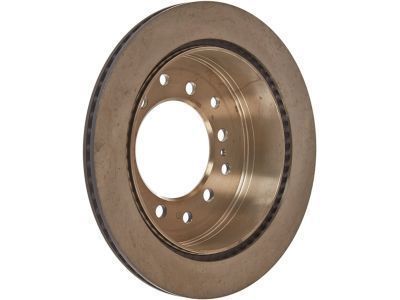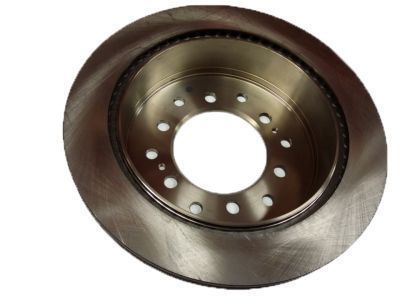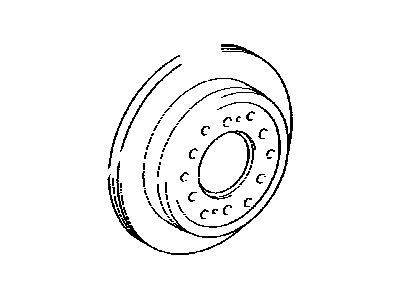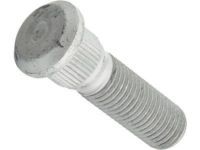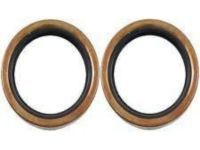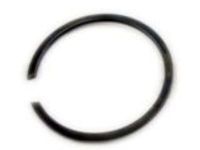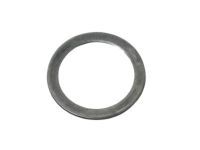Loosen the wheel lug nuts, raise the vehicle, and support it securely on jackstands before removing the wheel. Detach the brake caliper without disconnecting the brake line or hose, but remove the hose/line bracket from the steering knuckle on front brakes. After removing the caliper bolts, suspend the caliper with a piece of wire, ensuring it does not hang by the hose. Reinstall two lug nuts with washers to hold the disc against the hub securely. Visually inspect the disc surface for score marks, cracks, and other damage; light scratches and shallow grooves are normal, but deep score marks or cracks may necessitate refinishing or replacement. Check both sides of the disc, and if the brake pedal pulsates during application, suspect disc run out. To check disc run out, place a dial indicator about 1/2-inch from the outer edge of the disc, set it to zero, and turn the disc; a reading exceeding 0.003 of an inch may require refinishing or replacement. If refinishing is not needed, deglaze the brake pad surface with emery cloth or sandpaper using a swirling motion. Ensure the disc is not machined below the specified minimum refinish thickness, which can be measured with a micrometer. For rear brake calipers, remove the caliper mounting bracket, mark the disc in relation to the hub, and then remove the disc, using a mallet if necessary. Clean the hub flange and inside of the brake disc thoroughly before installing the disc onto the hub assembly. Reinstall the caliper mounting bracket, brake pads, and caliper on rear calipers, tightening all mounting bolts to the specified torque. For front calipers, install the caliper and brake pads, tightening the caliper mounting bolts to the torque. Finally, install the wheel, lower the vehicle, and tighten the wheel lug nuts to the torque, then depress the brake pedal a few times to bring the brake pads into contact with the disc, checking the operation of the brakes before normal use.
Posted by ToyotaPartsDeal Specialist 

